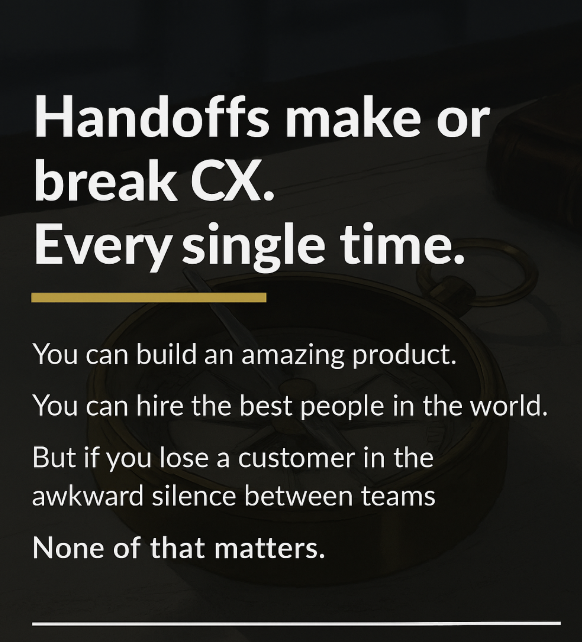3 Churn Signals You Can Spot Weeks Before Renewal Risk
- Johan Gedde
- May 21
- 3 min read
And How to Act on Them with Playbooks, Milestones, and AI

If you're not spotting churn signals weeks before renewal, you're not really preventing churn—you're just reacting to it.
Most teams wait until the end of the contract cycle to ask:
“Are we at risk?”
But by then, it’s often too late.
The good news? Churn doesn’t just happen. It signals.
Here are 3 early churn signals you can spot—and act on—before you end up in panic mode at renewal time.
📉 1. Adoption Velocity Slows Down
You map adoption milestones to track progress. But what happens when progress slows?
When customers take longer than expected to hit milestones, that’s not just a scheduling issue.It’s a signal.
🚨 What it means:
They’re not seeing value fast enough
Friction, confusion, or poor ROI perception is setting in
Engagement is slipping before anyone notices
📘 What to Do (Playbook):
Re-align the customer around value, not features
Trigger a milestone reset or targeted guidance
Step in with proactive messaging before the delay compounds
Time isn’t just slipping. Retention is slipping.
🗣️ 2. Stakeholder Silence
Your champion stops replying. Or worse—they leave, and no one fills the gap.
It happens more often than you'd think. And it’s one of the most overlooked churn signals.
🚨 Why it matters:
Without a champion, your story isn’t being told internally
If no one owns the relationship, your product becomes invisible by renewal
Renewal becomes a contract review, not a value reflection
📘 What to Do (Playbook):
Trigger a stakeholder re-map
Recap recent success and deliver an impact summary to a new executive
Anchor the conversation in outcomes, not features
No champion = no narrative. Rebuild it fast.
📊 3. Usage Becomes Fragmented
It’s not just about usage volume. It’s about who is using what—and how consistently.
🚨 What to watch for:
Drop-off in key feature usage
Power users suddenly go quiet
One department disengages while others continue
Shifts in login patterns or workflow completion
These are signs of misalignment or unmet needs.
📘 What to Do (Playbook):
Use AI to flag irregular patterns early
CSM steps in with targeted enablement or a re-engagement sequence
Deliver training or success content tied to use cases—not product training
Fragmented usage is a silent leak. Seal it before it spreads.
🤖 Why AI Matters in Churn Prevention
AI doesn’t replace human intuition—it amplifies it.
AI systems can:
Spot velocity shifts in real time
Monitor engagement across accounts
Detect behavior changes weeks before renewal becomes risky
Think of AI as your early warning radar. It alerts you to what you can't see, at the scale your team can’t manually cover.
🧠 The Best Churn Playbooks Start Long Before Renewal
If your churn prevention strategy begins at the 90-day renewal mark, you’re already behind.
Churn starts when:
Milestones stall
Champions go silent
Usage patterns fade
But those signals are always there—if you’re looking.
The key? Build your system to listen for them, respond fast, and guide customers back on track.
💬 Let’s Compare Notes
What’s the earliest churn signal your team watches for?
Drop a comment or connect - I'd love to hear how your team is staying ahead of churn before it ever shows up on a dashboard.
✅ Follow me on LinkedIn for execution-first Customer Success strategies





Comments